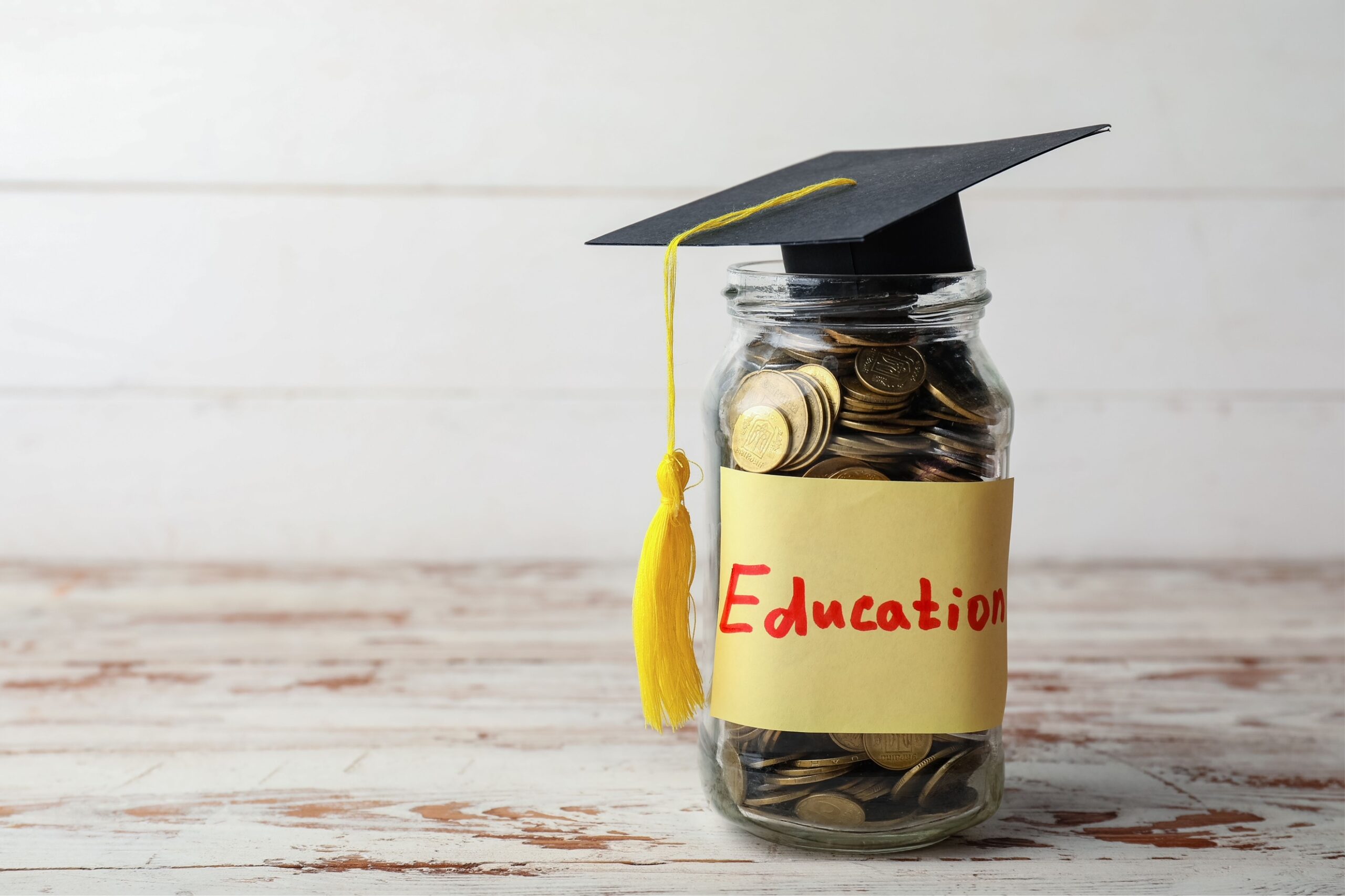RI Latino News produces stories focused on the responses to the social determinants of health. Economic stability means that people have the resources essential to a healthy life. Factors affecting economic stability include affordable housing; employment that provides a living wage; things that support employment, like worker protections, paid sick leave, and child care; and access to reliable transportation.
PROVIDENCE—As over a thousand Rhode Islanders experience homelessness this winter, recent research shows that Hispanic-Latino and Black families disproportionately make up this statistic.
Although Hispanic-Latino residents make up 17.1 percent of the state’s population, they represent 38.6 percent of families living in emergency shelters and transitional housing. About 42.9 percent of unsheltered RI residents identify as Hispanic or Latino, according to 2022 data collected by the RI Coalition to End Homelessness.
The same study showed that Black residents represent 8.8 percent of Rhode Island’s population, but they make up 30.6 percent of families living in emergency shelter and transitional housing and 19.6 percent of families are living without shelter.
“As of November 3rd, there were 1,339 people in Rhode Island who were homeless, including 213 families who were waiting for a place in shelter and 507 people who were sleeping outside—a particularly worrisome statistic as the weather gets colder,” said Deputy Director Stephanie Geller of Rhode Island KIDS COUNT.
Individuals and families seeking shelter or affordable housing should contact the RI Coordinated Entry System at (401)277-4316. The helpline currently offers assistance in English, Spanish, Portuguese, and Haitian Creole.
“People can call if they’re at risk of being evicted, if they’re living in an unsafe situation and the people at the other end of the line can help connect them with a shelter, apply for affordable housing opportunities, or try to help them brainstorm other immediate solutions to their crisis,” Geller explained on RILN Opinion+.
Extensive research has shown that historically marginalized groups tend to be more vulnerable to experiencing homelessness. Some factors contributing to these disparities include higher unemployment rates, lower incomes, less access to healthcare, and higher incarceration rates among residents of color.
“The reasons for the disparities are many and varied but tend to fall under the umbrellas of racism and caste,” according to the National Alliance to End Homelessness. “Throughout American history, private actors have contributed to the status quo, but so has government via actions and inactions resulting in limited housing opportunities, suppressed wages, and other unhelpful outcomes.”
Although Rhode Island has reserved a total of $250 million of the 2023 fiscal year budget to increase affordable housing and homelessness prevention efforts, the state currently lacks sufficient shelter.
$35 million of the investment is specifically reserved for developing housing solutions for people experiencing homelessness, according to the National Low Income Housing Coalition.
The largest obstacle to providing emergency housing is securing spaces for the construction of emergency shelters, as towns and cities continually resist the building of such shelters in their communities.
Local advocates continue to demand that Rhode Island declare a state of emergency regarding homelessness, which would prioritize the construction of shelters and bypass zoning regulations standing in the way, according to The Brown Daily Herald.
“I know I’ve seen frost on the ground for the first couple of times this week,” Geller said. “I have a lot of concern for people who are trying to survive outside in their cars, or in tents, or in other places where people are not meant to be living, especially if they’re with children.”
RILN sees the public as more than just the audience; you are contributors. To that end, please take our brief survey to help shape our coverage in producing stories on the social determinants of health: healthcare and quality, neighborhood and built environment, education access and quality, social and community context, and economic stability.




